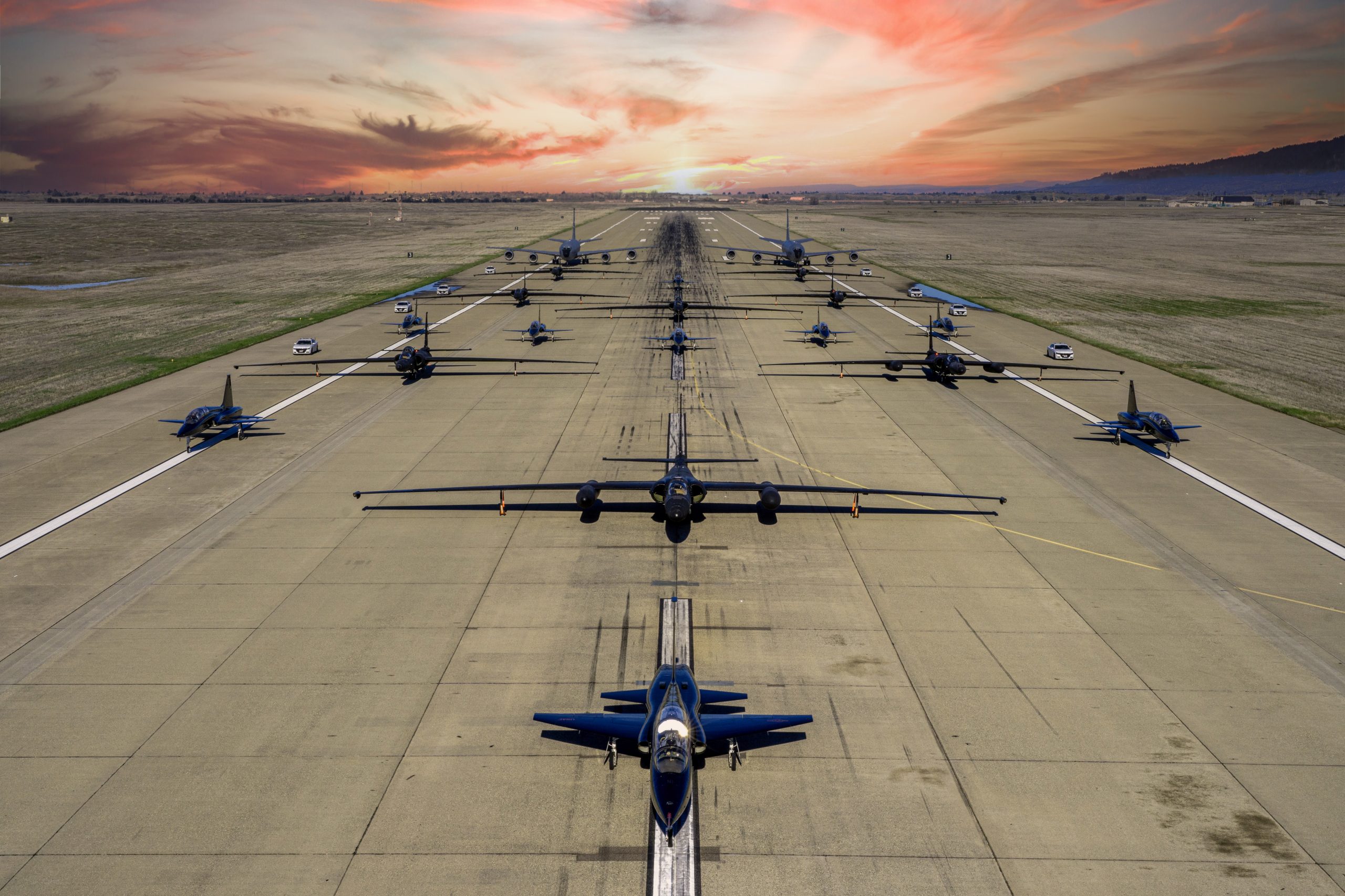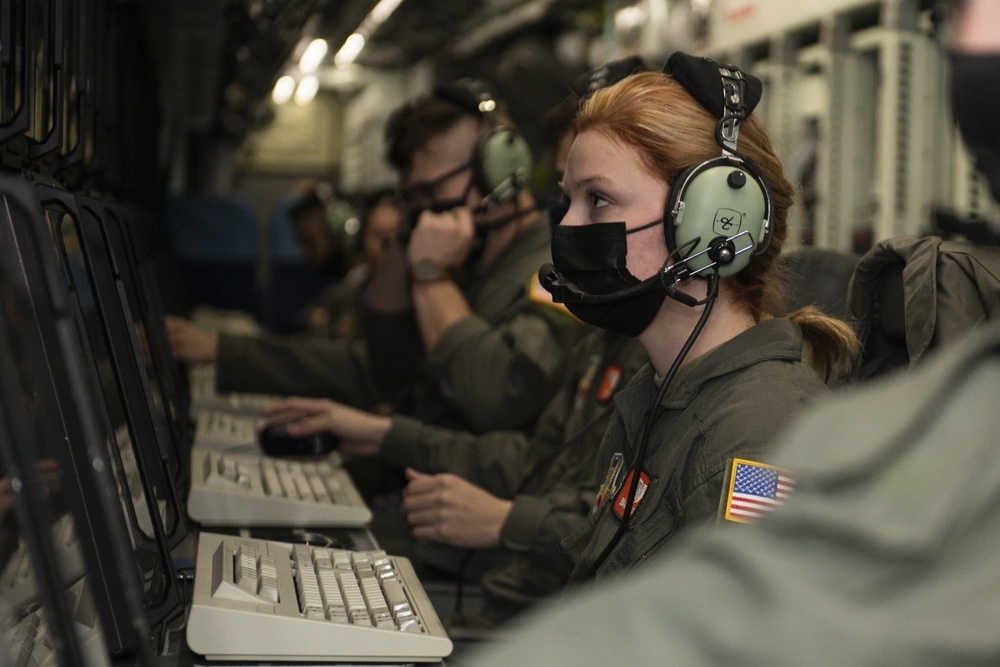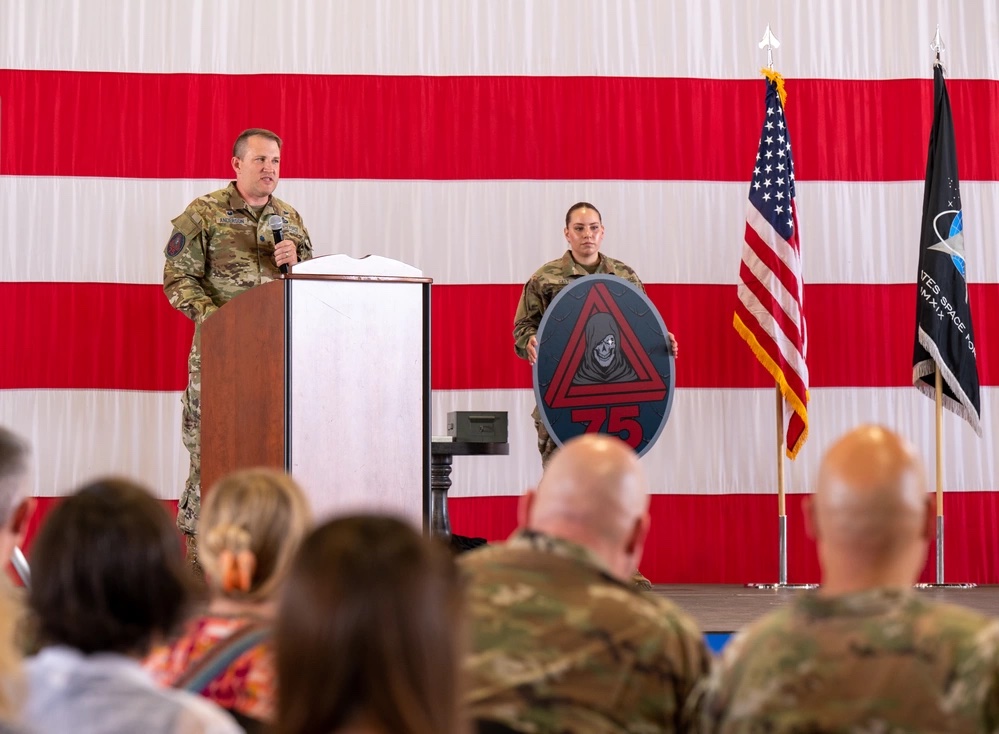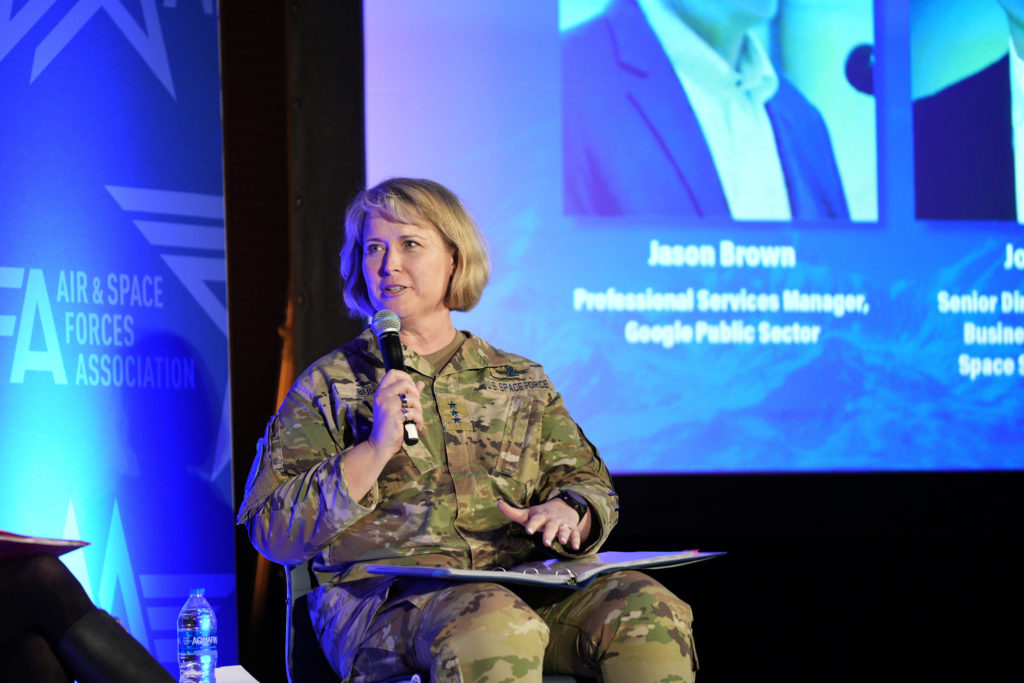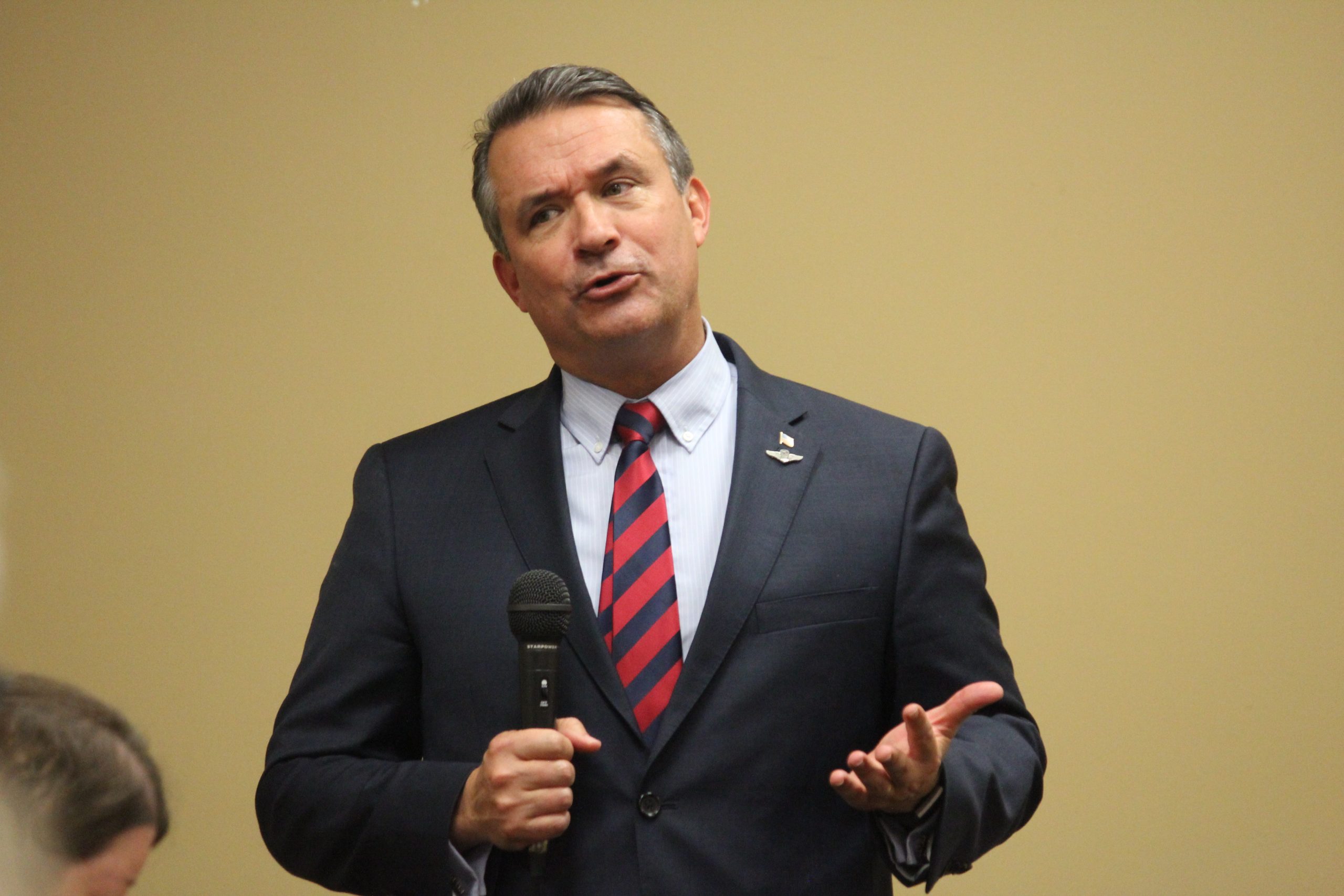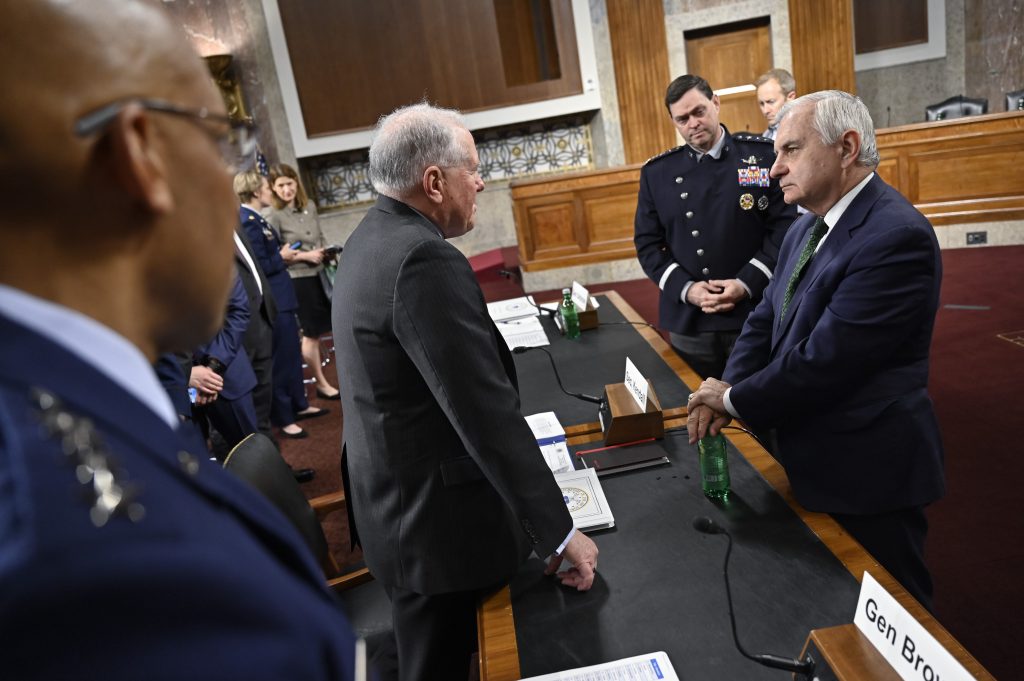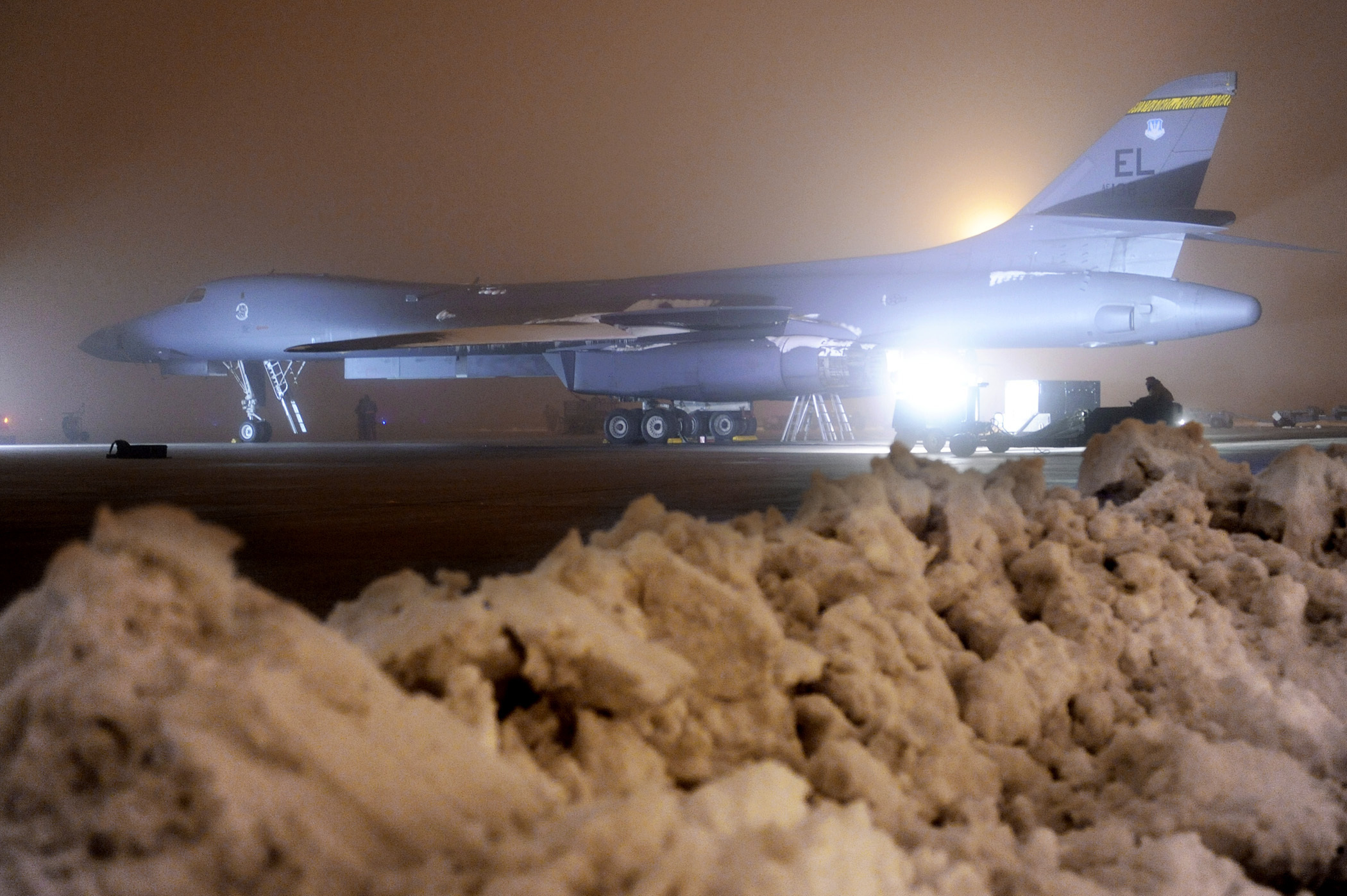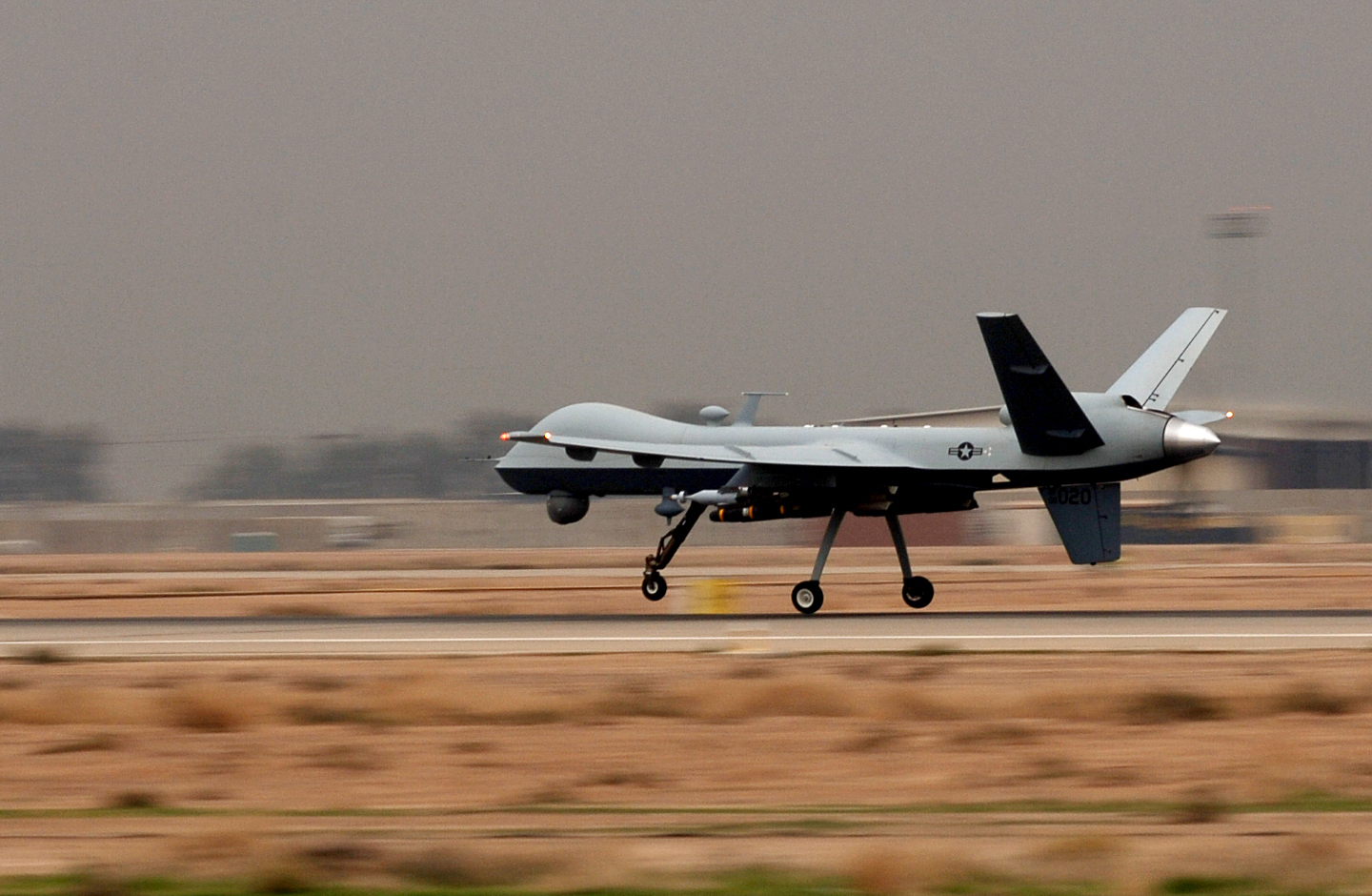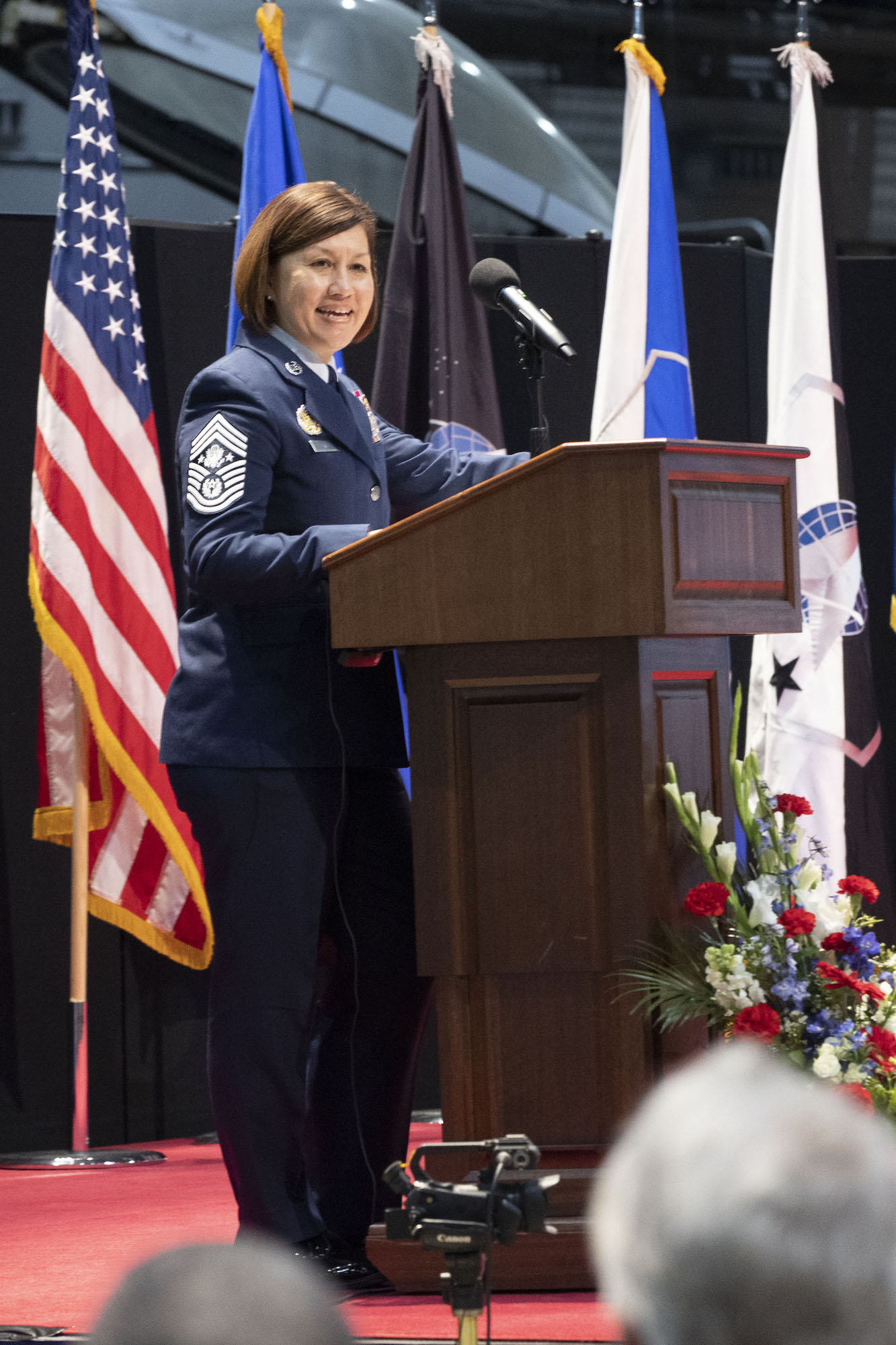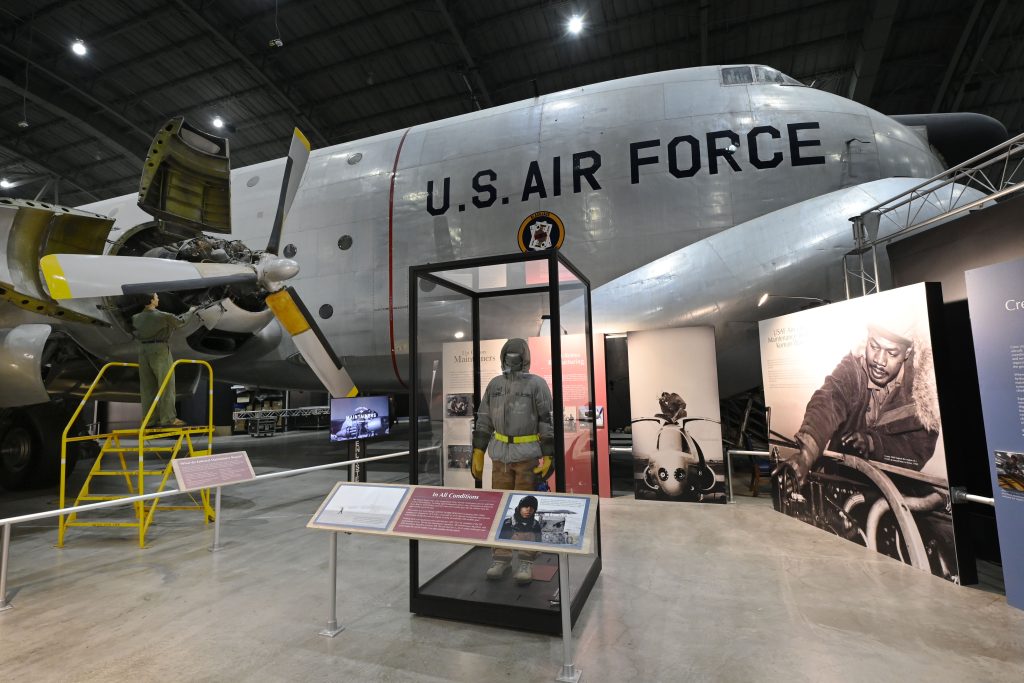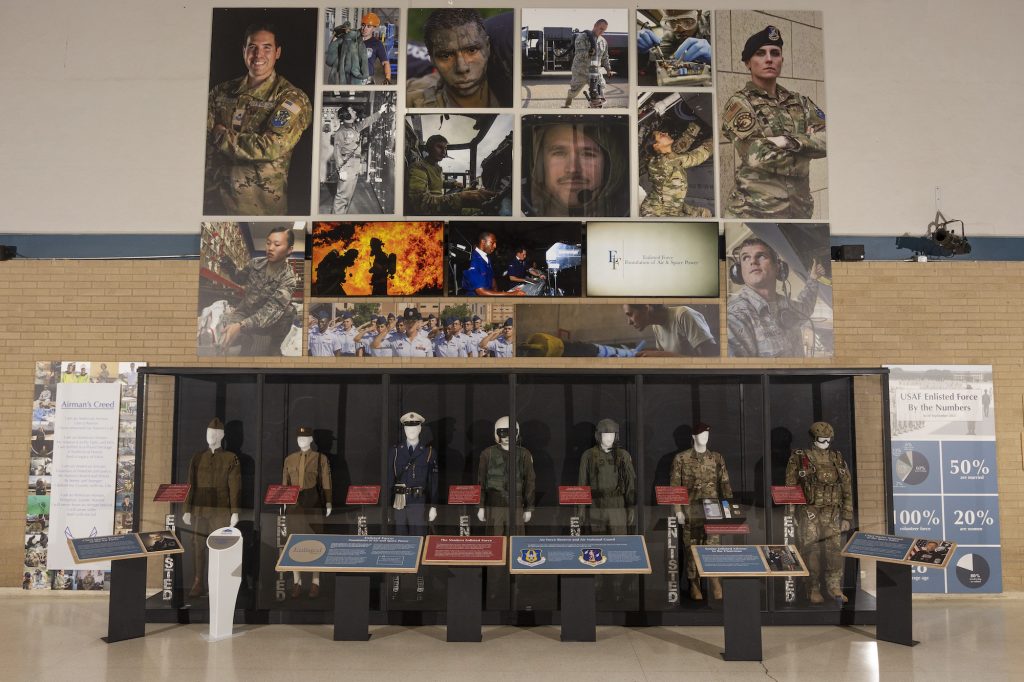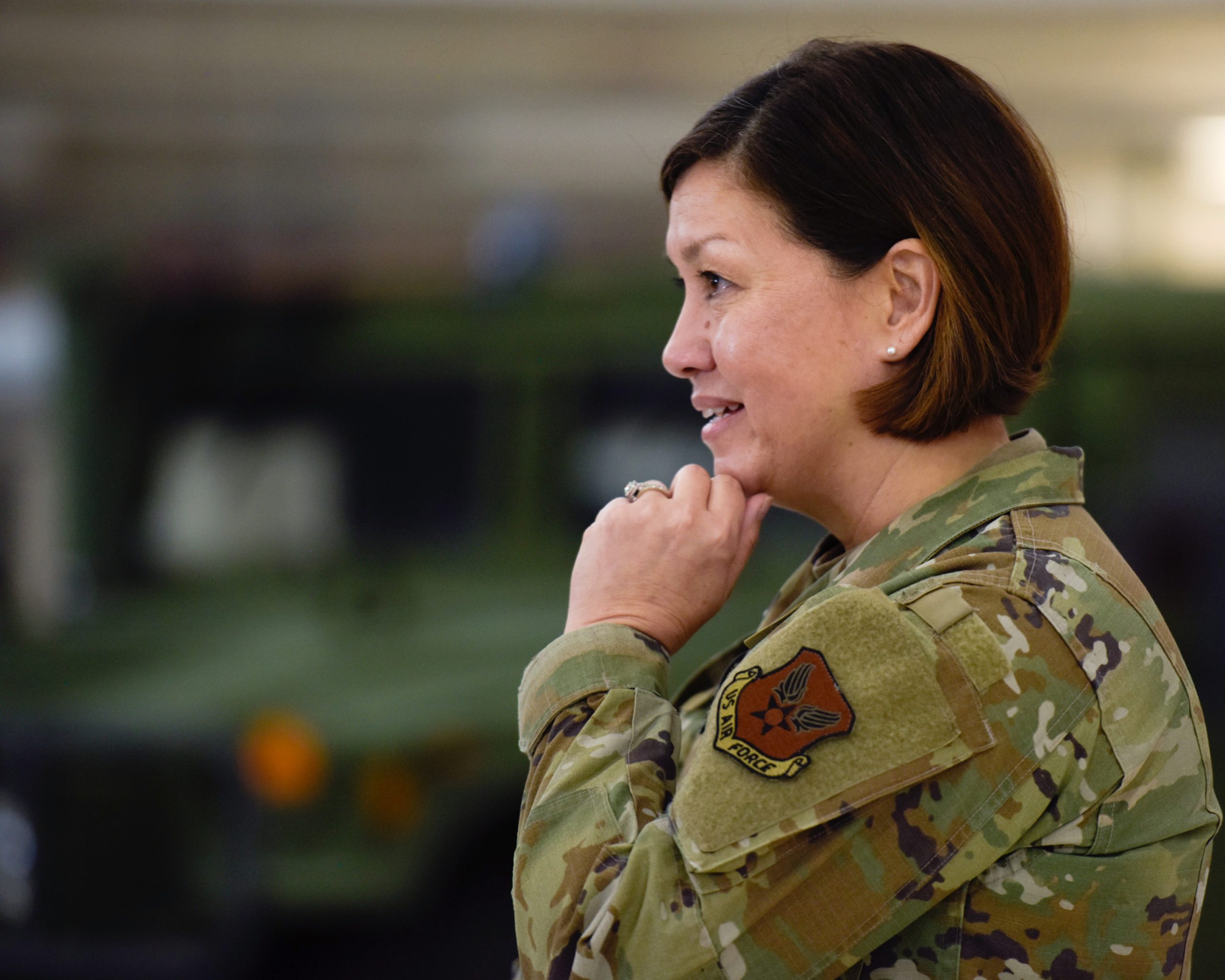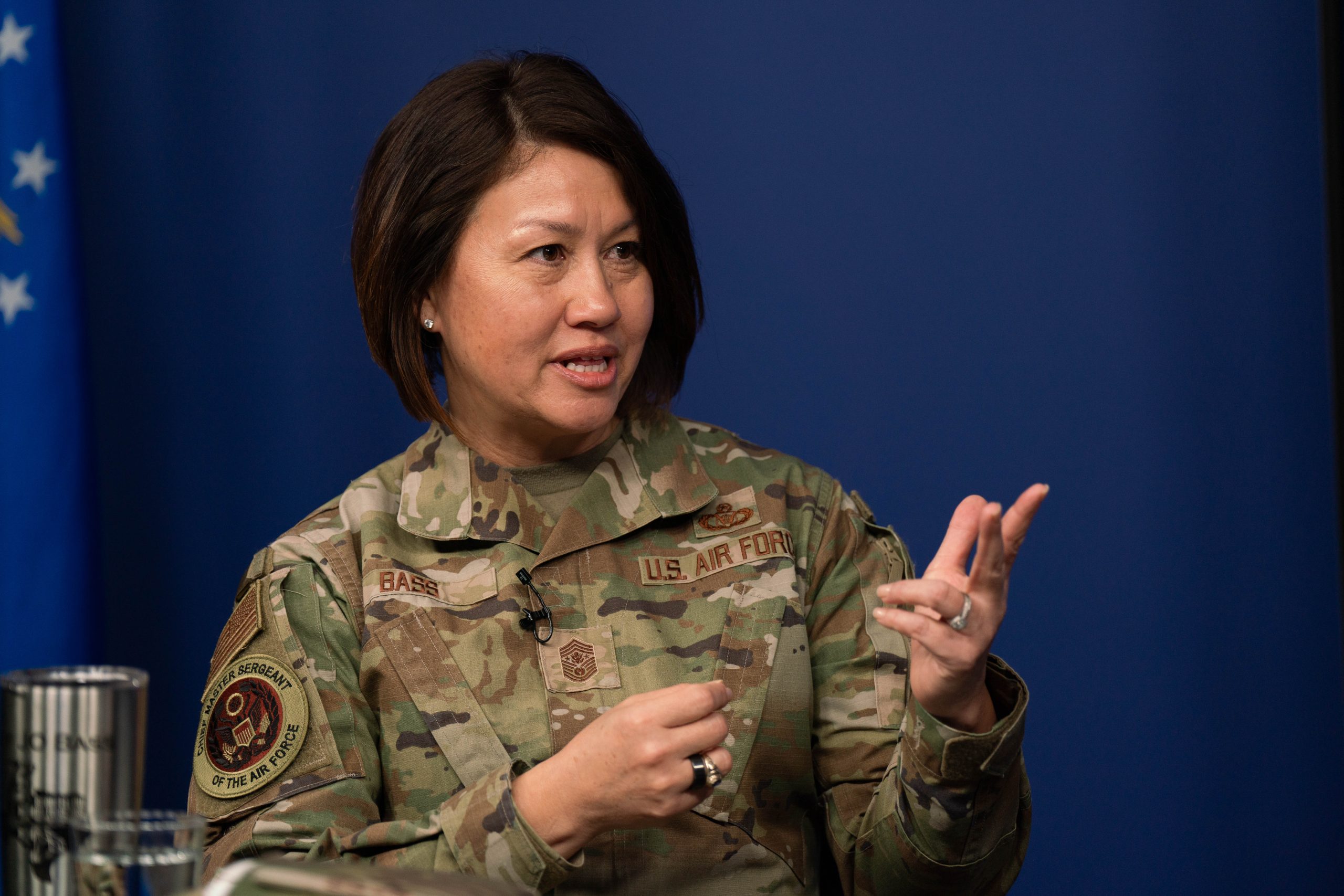The famed U-2 Dragon Lady took center stage during a recent “elephant walk” at Beale Air Force Base, Calif. As the spy plane approaches retirement in the next few years, eight airframes lined the runway Jan. 4—around 30 percent of the entire fleet.
Alongside the eight U-2s were nine T-38 Talons and two KC-135R Stratotankers on the backdrop of Beale’s 15/33 runway, which spans over 12,000 feet. It was one of the largest displays of U-2s in recent history.
The U-2, playfully dubbed “Dragon Lady” in reference to a 1920s U.S. comic strip character, first flew in the 1950s, conducting reconnaissance missions when the U.S. faced a Soviet information blackout amid Cold War tensions. The single-seat, single-engine aircraft can soar over 70,000 feet, capturing vital intelligence with cameras before the days of satellites.
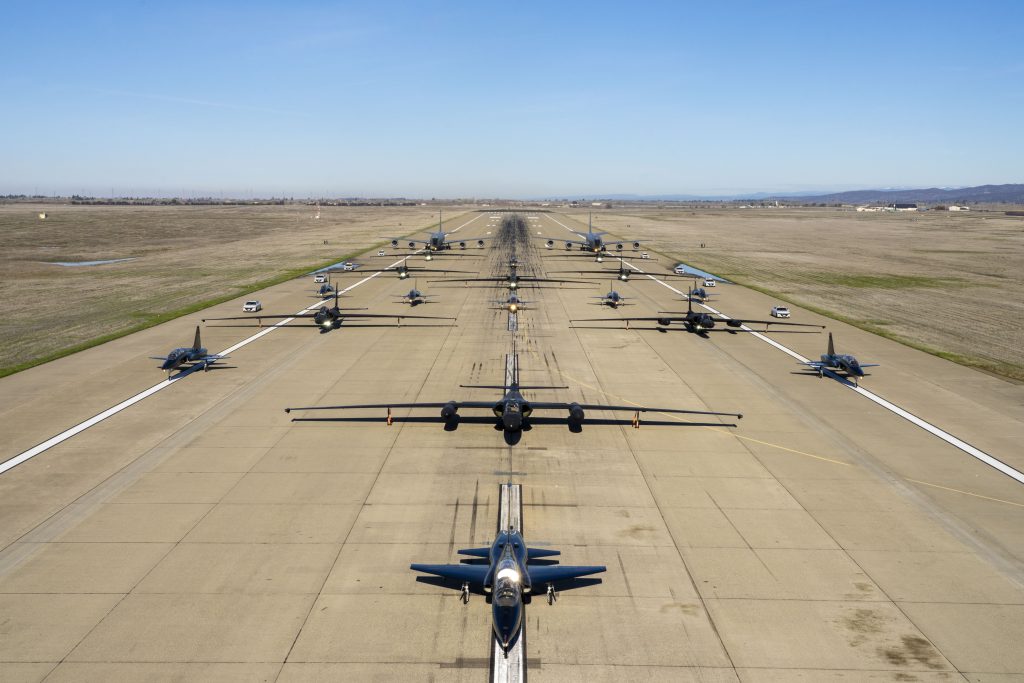
Manufactured by Lockheed Martin, the Air Force and CIA jointly oversaw the aircraft’s development, testing, and missions from the beginning.
The modern version of the plane entered service for the Air Force in the 1980s, and the service is set to retire the Dragon Lady fleet in fiscal 2026, citing an average age approaching 40 years and challenges in sourcing key components. But until then, the branch aims to maintain the iconic high-altitude surveillance planes and test technology for future aircraft.
The aircraft’s avionics system hardware is being updated to extend its planned service life, with the incorporation of new cabling, software, and displays. The Air Force has not yet discussed a replacement for the very high altitude ISR platform, but officials have suggested the mission will transfer to space-based assets.
Beale—near Sacramento, Calif.—is home to all 27 U-2s that are rotated to operational detachments worldwide, including South Korea, the Balkans, Afghanistan, and Iraq.
Last year, the U-2 garnered national attention capturing high-resolution images of a Chinese spy balloon that was transiting the continental U.S.
